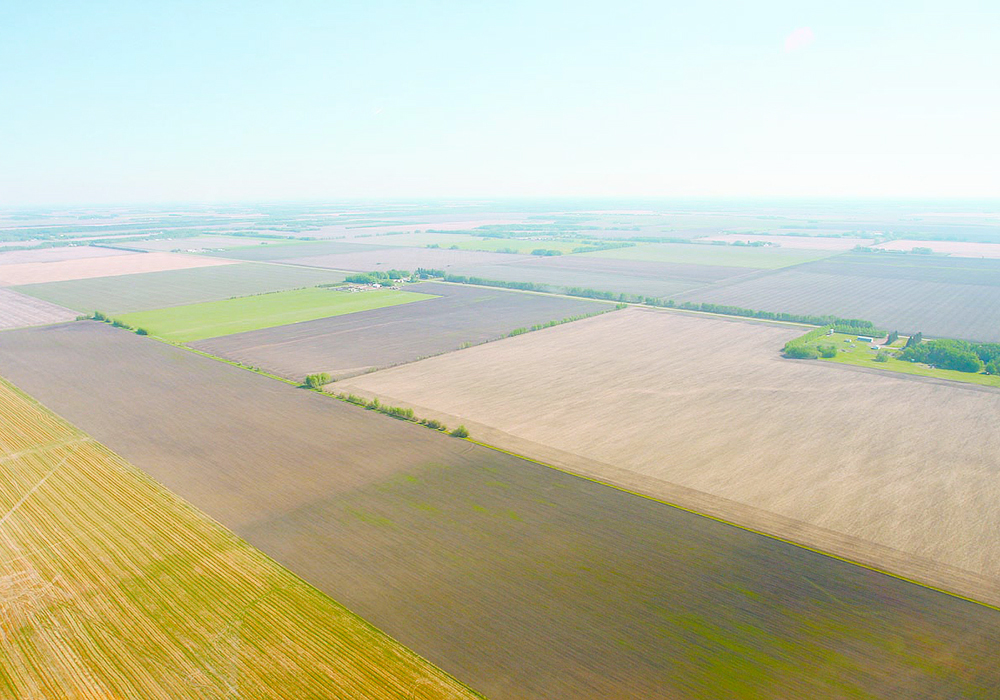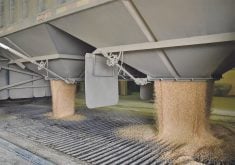A year ago, I wrote about Farm Credit Canada coming out with an interesting analysis of the rent to price ratio for farmland across the country. A new report has now been released reflecting cash rental rates negotiated in the fall of 2022.
The rental rates report generates much less attention than FCC’s Farmland Values Report, but both are available on FCC’s website and when you combine the two, some interesting benchmarks can be derived.
Read Also

Food exporters urged to ease reliance on U.S.
Farm Credit Canada says there is a $12 billion opportunity in diversifying food and beverage exports to markets other than the United States.
The rent-to-price ratio is simply the cash rental rate per acre divided by the value of farmland per acre. It varies significantly from one province to the next.
As compared to the previous year, the rent-to-price ratio declined slightly in Ontario and Manitoba, while it increased a little in Saskatchewan and a lot in Alberta
In Ontario, the cash rental rate per acre is only 1.4 percent of farmland value. The highest ratio is Saskatchewan at 3.1 percent with Alberta and Manitoba at 2.6 and 2.4 percent, respectively.
By itself, the change in ratios is interesting, but combining the ratios with farmland prices provides indications of the cash rental rate per acre in various regions. Note that the price of land varies widely even within a particular region. As well, the FCC analysis shows the rent-to-price ratio also has a wide range so the cash rent calculation is only a benchmark.
Let’s consider east-central Saskatchewan where FCC said the average value of farmland was $2,200 last year. The rent-to-price ratio of 3.1 percent generates an average cash rent of $68 an acre. In west-central Saskatchewan, the average farmland price of $2,800 an acre generates a cash rent of $87 an acre.
Meanwhile, in central Alberta, the average price of farmland is $5,500 an acre. When combined with Alberta’s rent-to-price ratio of 2.6 percent, the average cash rent comes out to $143 an acre.
In southwestern Manitoba, the average farmland price was $3,400 an acre. At a ratio of 2.4 percent, the cash rent computes to $82 an acre.
While it isn’t a precise tool, having a rent-to-price ratio for each province provides a general guideline to the cash rental rates being paid. The selling price of farmland is public knowledge. Cash rental rates are not.
If you know the approximate value of a parcel of farmland, you can use the ratio to estimate what the cash rental rate might be. While farmland in west-central Saskatchewan had an average price of $2,800 an acre, FCC reports a range in values from $1,300 to $6,000.
On land worth $6,000 an acre, the 3.1 percent rent-to-price ratio computes to a cash rent of $186 an acre, which is probably deceptively high. As land increases in value, the rent-to-price ratio typically drops.
Saskatchewan, with the lowest average land values, has the highest rent-to-price ratio, while Ontario, with the highest average land values, has a much lower rent-to-price ratio.
On farmland in midwestern Ontario worth $17,000 an acre, the 1.4 percent rent-to-price ratio for that province suggests a cash rent of $248 an acre.
Cross reference the two FCC reports and noodle with the numbers.


















